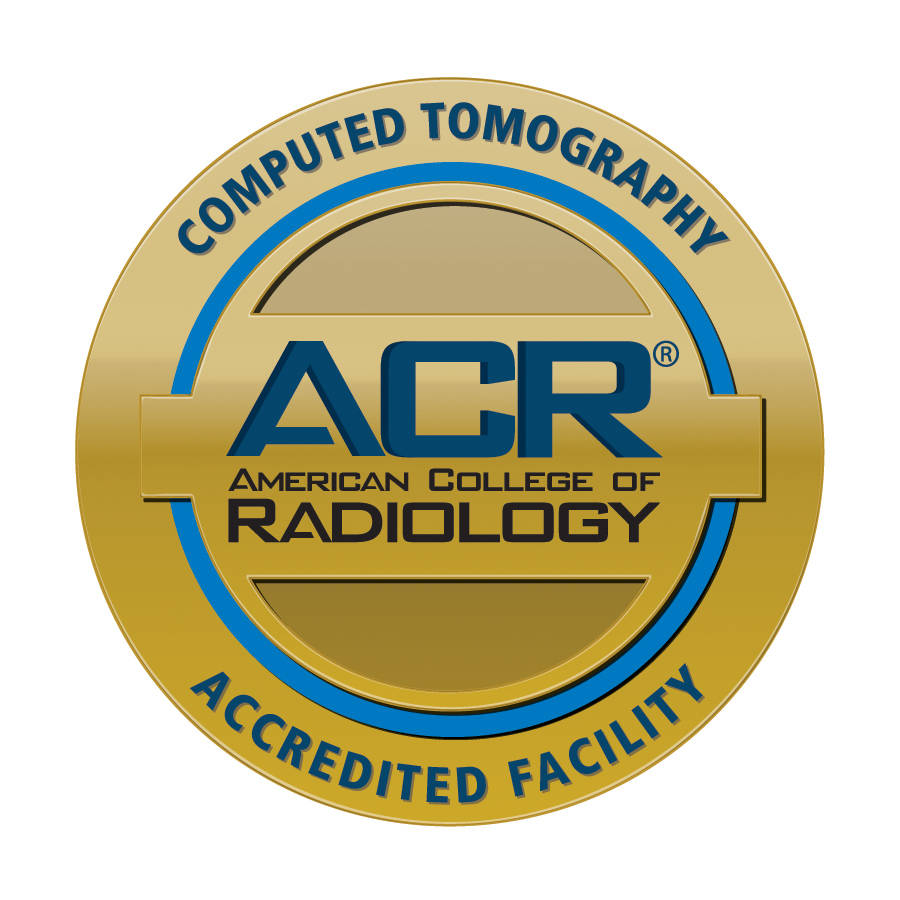Diagnostic radiology is the branch of medicine that uses imaging techniques to diagnose and monitor various diseases and conditions. These imaging techniques include X-rays, computed tomography (CT), magnetic resonance imaging (MRI), ultrasound, and nuclear medicine. These imaging modalities allow doctors to create detailed images of the body's internal structures, which can be used to diagnose and monitor a wide range of medical conditions.
One of the most commonly used imaging modalities in diagnostic radiology is X-ray. X-rays are a type of electromagnetic radiation that can pass through the body to create images of the internal structures. X-rays are used to diagnose a wide range of conditions, including broken bones, pneumonia, and certain types of cancer. They are also commonly used to evaluate the lungs, heart, and gastrointestinal tract.
Magnetic Resonance Imaging (MRI) is a powerful diagnostic tool that uses a magnetic field and radio waves to create detailed images of the body's internal structures. It's a non-invasive method that provides clear and precise images, making it a valuable diagnostic tool for a wide range of medical conditions. Here are three reasons why you should consider an MRI:
One of the biggest benefits of MRI is its ability to create detailed and high-resolution images. Unlike X-rays or CT scans, which use radiation to produce images, MRI uses a magnetic field and radio waves to create detailed images of the body's internal structures. This allows doctors to see the body's soft tissue in great detail, including things like the brain, heart, and muscles. For example, an MRI can detect brain tumors, multiple sclerosis, and other neurological disorders that may not be visible on other imaging tests.
Another advantage of MRI is that it's a non-invasive diagnostic tool. Unlike other imaging tests, such as a biopsy, MRI does not involve the insertion of any instruments into the body. Instead, you simply lie on a table and are slid into the MRI machine. This makes the procedure much less uncomfortable and less risky than other imaging tests.
Lastly, MRI is highly accurate when it comes to diagnosis. Because of the detailed images it creates, doctors can often make a diagnosis without the need for additional tests. This not only saves time and money, but also allows for earlier treatment and better outcomes for patients.
In the field of diagnostic radiology, MRI is a very important tool for diagnosis and monitoring of many diseases, including cancer, stroke, multiple sclerosis, and many others. MRI is also a valuable tool in the evaluation of musculoskeletal disorders, such as arthritis and ligament tears, as well as in the diagnosis of certain heart and lung conditions.
While MRI does not use ionizing radiation and it is considered safer than CT scans, it is not without risks. Patients with certain medical conditions, such as pacemakers or metal implants, may not be able to have an MRI. It's also important to inform your doctor if you are pregnant, as the magnetic field may be harmful to the developing fetus.
Despite these limitations, MRI is a highly valuable diagnostic tool that can provide doctors with detailed and accurate images of the body's internal structures. If you're experiencing symptoms or have been referred for an imaging test, consider discussing the option of an MRI with your doctor. With its high-resolution images, non-invasive nature and high diagnostic accuracy, an MRI may be the best option for your diagnostic needs.
Connect with us to learn more about how the AV Imaging team can help!

